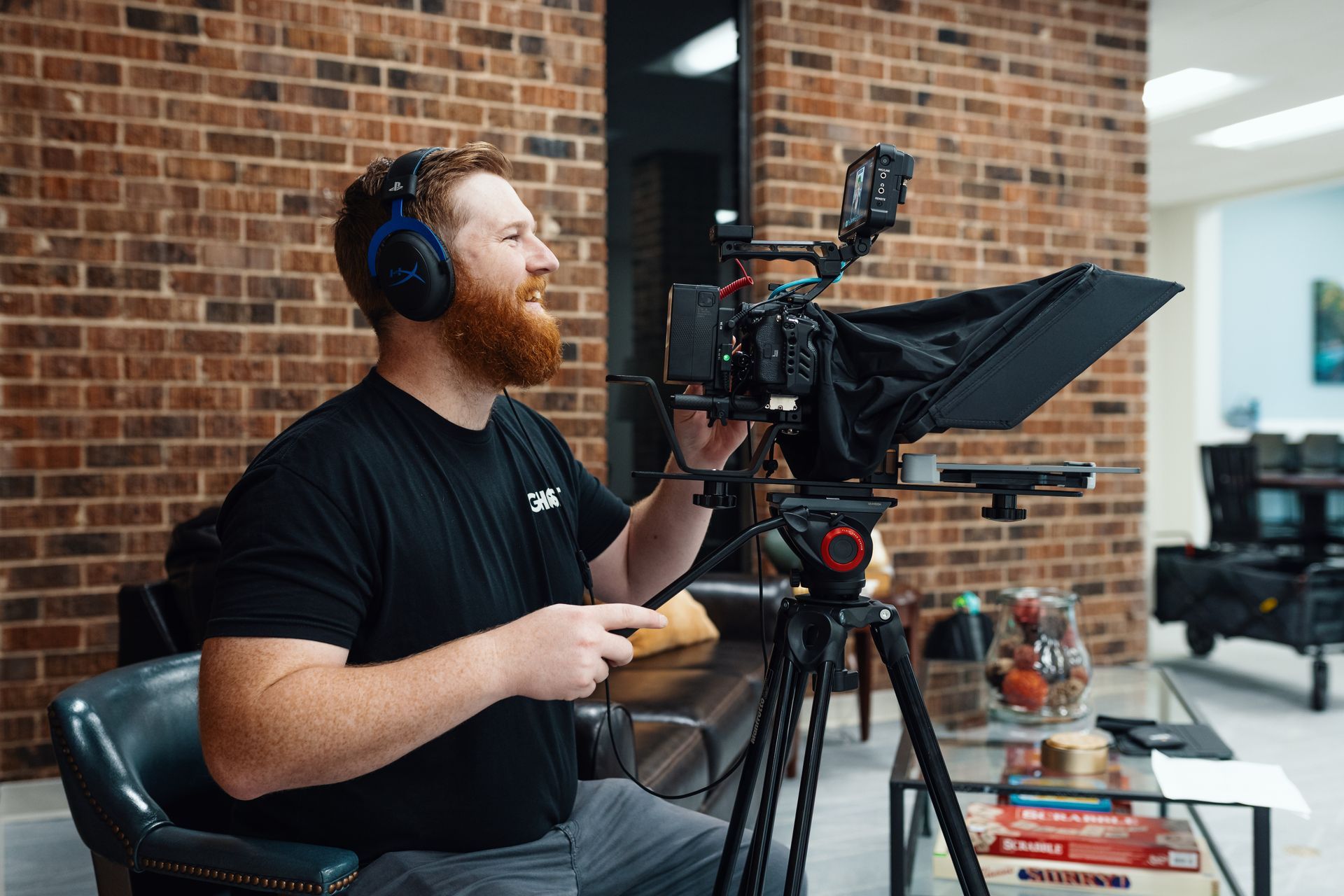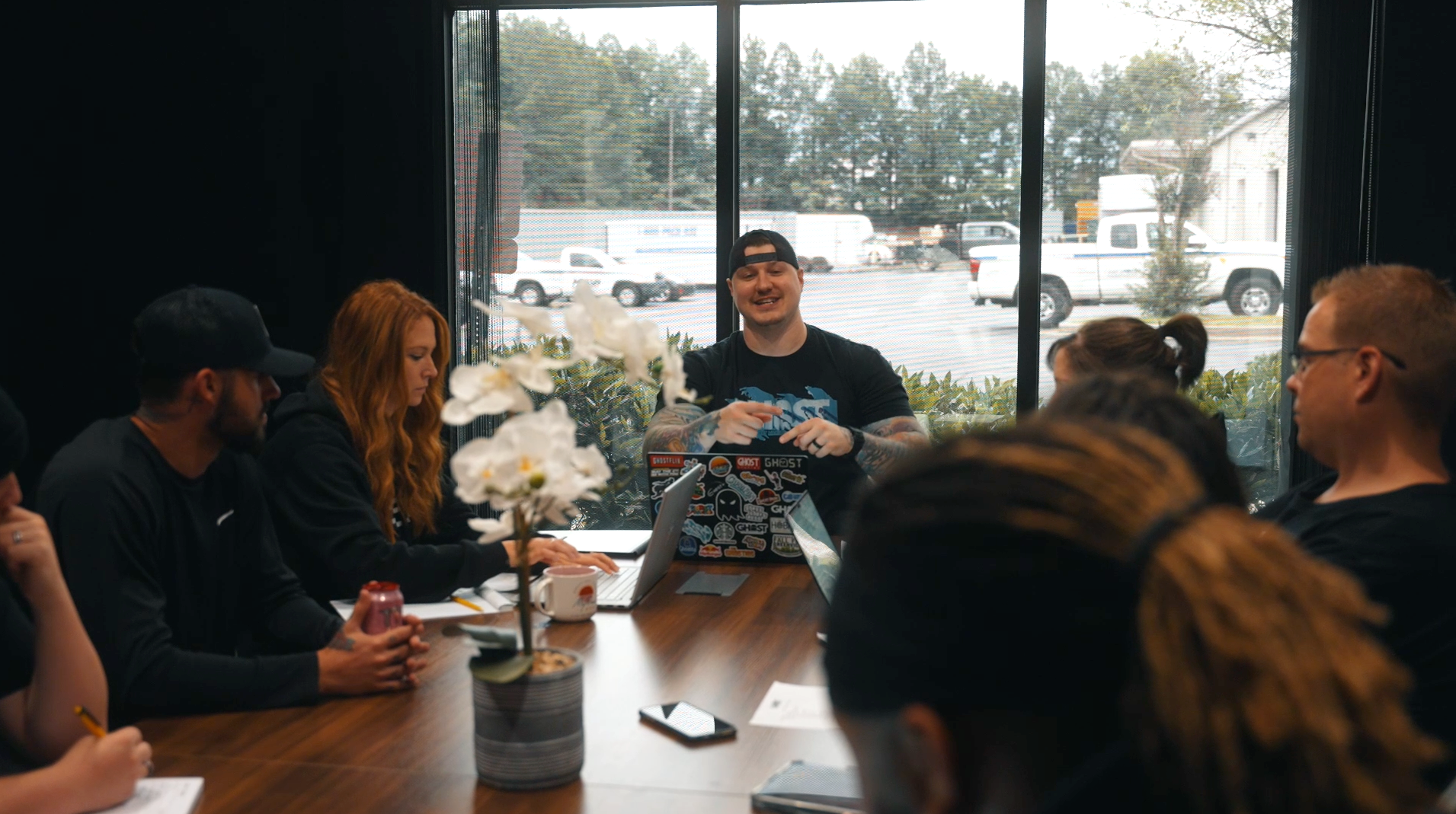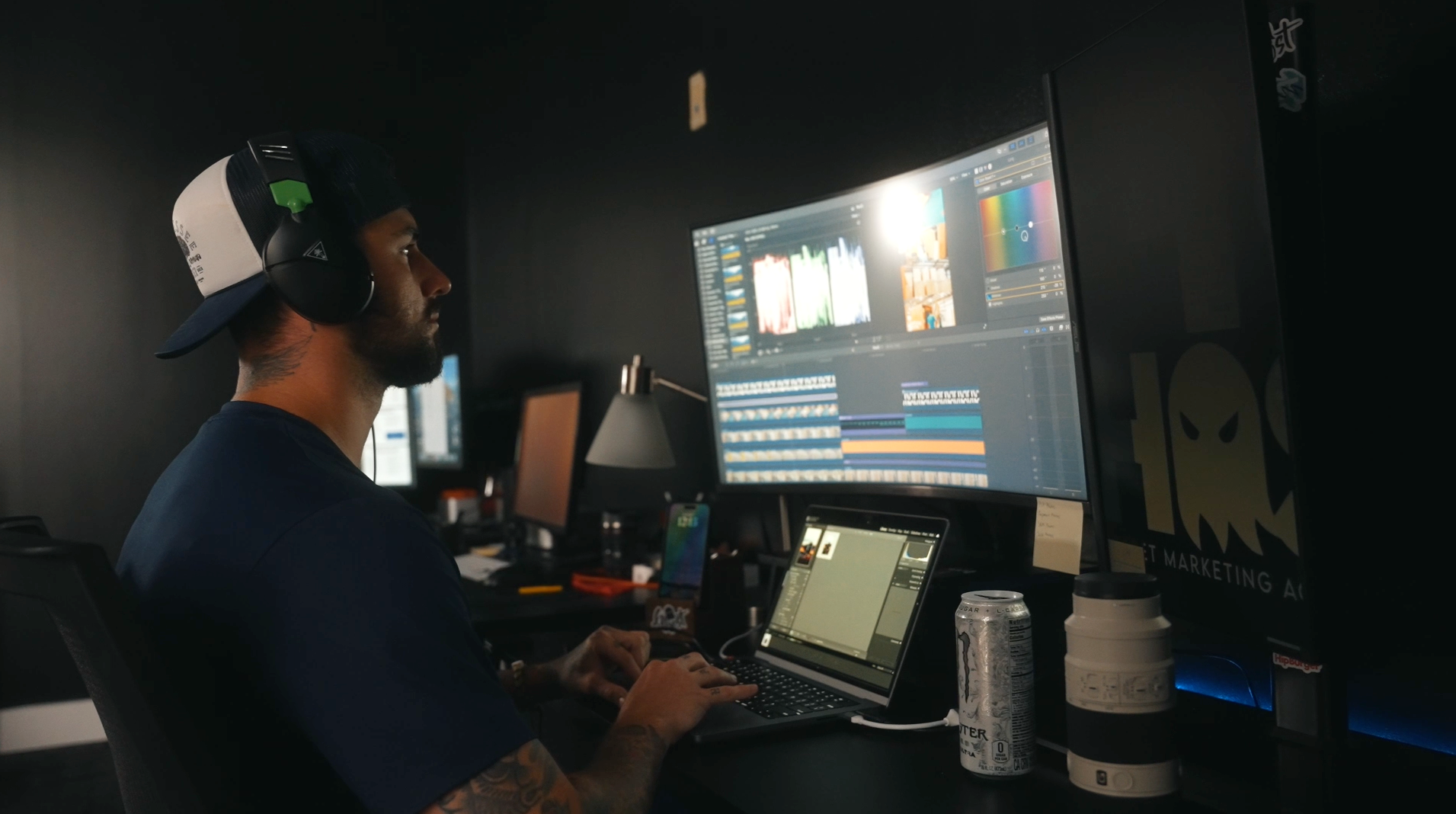Getting Started with SEO: The Positive UX (User Experience)
The Positive UX (User Experience)

The Evolution of SEO & How It Affects UX
If you recall the early days of search engines (Who else remembers Ask Jeeves?), the internet wasn’t user-friendly.
But crafting a better user experience dates back to long before the internet. In the 1950s, it is believed that Bell Labs was the first to bring a “human” element to their development of interactive systems. They employed psychologists to design the dial telephone, a design that is still in use today.
Fast forward to the 1980s. Apple Computers made a wave of progress when they began to use the term “user experience” and conducted pioneering user-centered design. As their personal computer came into existence, the user and the buyer were the same, making “ease of use” increasingly important to the purchasing decision.
UX grew as a discipline, and the practice of creating a positive user experience took shape with the dawn of the internet in the ‘90s. The idea of a good experience meant that if a user benefitted from a good experience, it usually meant a purchase. This drove companies to directly invest in UX as a practice (typically to increase revenue).
In the early 2000s, web admins and people alike praised the publication of
Designing Web Usability: The Practice of Simplicity by Jakob Nielsen, and it was seen as the definitive guide to usability.
Since the late 2000s/early 2010s, UX has developed into a mainstay discipline, which brings us to today. Today, Google (which accounts for around 84.08% of the global search market) has put enormous emphasis on the importance of a good, quality UX. In 2014, the search engine introduced guidelines to creating a searchable website. In 2019, they rolled out the update that included the acronym EAT: expertise, authority, trust. This was the definitive guideline that moved good SEO practices to a more user-focused experience.
What UX Is Not
Essentially, creating a quality experience for users is all about design and content. This, however, does not necessarily mean the aesthetic aspect of a website. UX focuses on improving usability, quality of interaction and making sure users reach their objective (the reason they are on your site in the first place). User Interface Design (UI) is what encompasses the “look and feel” of a website.
UX does not equate to “customer experience” (CX). CX relates to the overall experience with the company or brand, both online and offline. It is more holistic and includes how people perceive the company.
Creating Positive UX
When you think of a positive UX, what do you think of? Do you think of well-written articles that are rich in information? Do you think of fast load times? These are just a couple of aspects that can create great UX.
Here are our top tips for your SEO strategy to create a memorable user experience:
- Make sure your website is responsive.
A responsive website means it can be viewed across all devices, from desktops to phones or even tablets. Google actually prioritizes mobile sites for indexing. Design should be consistent across interfaces, and if it is, you’re more likely to get repeat customers and even more new visitors to your site. Fail to make your site responsive, and Google may penalize you. - Test your site speed.
It’s been shown that if your content doesn't load within three seconds, users will immediately click away from your page. This is called a bounce rate. It’s a percentage of users who immediately left your page/site compared to the number of users who stayed on the page. Fast load times are an excellent way to provide a good UX. - Utilize alt tags.
Alt tags (also called alt text) are small snippets of code (ideally 125 characters or less) that tell Google what the image is. This can help crawlers index images into their database. They are also helpful to those who are visually impaired, and they are shown if the image fails to load.
Side note: With the implementation of Google’s new algorithm called MUM (Multitask Unified Model), questions have come up regarding the importance of alt tags since MUM is multi-modal — it can detect what’s in an image. However, Google has recommended web admins continue to implement best SEO practices according to their EEAT acronym. (If you want to test out the power of MUM, try using Google Lens!) - Consider your site's architecture.
Page layout is important for UX. Utilize header tags (H1, H2, H3) to lay out your blog posts or articles in an easy-to-read design. Most people skim articles to get to the information they were searching for in the first place.
Take advantage of an internal link structure. All pages should be linked to from somewhere else, and every page should have a link to somewhere else on your site, such as to a related page users might find useful. - Create content that is organized.
For more information on creating unique content, see our previous post in this series (Creating Unique Content). Your posts should follow the Google acronym: They should speak to your expertise, experience, and authority on a subject. Gaining trust in Google’s eyes means you’ve proven yourself to be a leader in your industry across multiple platforms, including other websites and social media, but that’s a discussion for another day!
Write for people, not for robots. With the growth of NLP (natural language processing), Google is even more powerful at understanding search queries and breaking down language. It can understand language in a more natural way and even understands prepositions and conjunctions.
Organized content is easier for users to read and comprehend. Utilize white space, easy-to-read fonts (or even larger fonts), bullet lists, and color contrast. - Utilize meta descriptions on your pages.
Meta descriptions help describe what your page is about when it shows up on SERPs. Keep them around 150-160 characters in length, although mobile view typically cuts off anything after 120 characters. It should be relevant to a particular search query by using one or two keywords.
The Introduction of MUM and Its Effects on SEO and UX
In May 2021, Google introduced the world to MUM, which stands for Multitask Unified Model, and said it was a thousand times more powerful than BERT (Bidirectional Encoder Representation from Transformers). BERT was the old model that rolled out in 2018, and it seriously changed the search engine game. It utilized the Natural Learning Process, Natural Language Understanding, and sentiment analysis to better understand the intent behind search queries, as it could read text in both directions to understand the nuances of human speech.
Then comes MUM. It takes NLP to a whole new level of understanding and seriously pushes the limit with technologies such as seen in virtual assistants (like Alexa or Siri). It understands even the most complicated search queries while handling the user experience in less time and less research. As a multi-modal algorithm, it can analyze images, audio, and video for better results. What’s even better? MUM can understand 75 languages and can show you results in your native language.
So, how exactly does MUM affect how we implement SEO and improve the user experience? Google says to continue using best SEO practices (according to E.E.A.T.) as usual. MUM more so changes things on the user’s end. We can, however, make a few adjustments:
- Keep content helpful.
It should be informative, relevant, and valuable to users. Focus on creating quality content, and Google will reward you with better rankings.
We Can Help!
Check back for our next post in our Getting Started with SEO series: How to Create User-Friendly Metadata. And if you still need help with your SEO strategy, contact Ghost Brands to see how we can help you with your business needs, such as marketing, branding, production, and more!




















